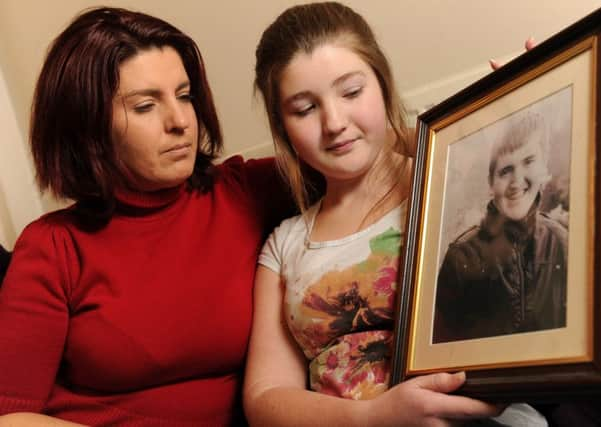Greg Mulholland: Dangerous drivers must face full force of the law


I speak on behalf of many families across the country. I have had two awful cases in my constituency: that of 16-year-old Jamie Still, who was killed by a reckless criminal driver on New Year’s Eve in 2010 in Otley, and that of David and Dorothy Metcalf from Cookridge, who were killed in January 2012. I dedicate this Bill to the memories of Jamie, David and Dorothy, and all who have lost their lives as a result of these serious crimes.
The changes being proposed come from a meeting of families of people across the country who have been killed in accidents, constituency MPs and the road safety charity Brake. Our manifesto “Better Justice for Victims of Criminal Driving and Their Families” suggests a number of changes.
Advertisement
Hide AdAdvertisement
Hide AdFirst, the distinction between “careless” and “dangerous” driving is false and unhelpful, often coming down to the slight and subjective difference between someone’s driving falling below or well below what is expected of a careful and competent driver.
The problem is that in too many cases people are simply given the lesser charge of causing death or injury by careless driving rather than by dangerous driving because it is easier for prosecutors to seek a conviction. The difference in penalties between these charges is huge: it is maximum of a five years for causing death by careless driving, compared with up to 14 years for causing death by dangerous driving.
The simple reality is that “careless” is an inappropriate and offensive term to use for criminally bad driving, particularly where it has resulted in horrendous suffering. Even driving that falls only slightly below the standards – a momentary lapse of concentration – may be careless, but it is still dangerous.
Careless driving, a charge that was opposed by Brake in the first place, has institutionalised dishonesty in our justice system, and that needs to be rectified. The use of the term “careless” makes a value judgment about the intention of the perpetrator – it is not factual.
Advertisement
Hide AdAdvertisement
Hide AdCalling driving that falls below any standard “dangerous” is factual, because such driving is dangerous. The Bill is not calling for us to get rid of a lesser sentence only for a higher one; it is calling for us to scrap both charges for a system where all dangerous driving is regarded as a category of offence that can have the minimum or the maximum sentence. That would give judges the discretion; at the moment, their hands are tied once a lesser charge has been brought to the courts, and families are being failed up and down the country.
We also need to examine sentencing and the fact that too few high sentences are given out. Last year, the Government rightly introduced a new offence of causing serious injury while dangerous driving – in the past, that had been missed out – but this new charge should carry a maximum penalty of 14 years. The cost of care as well as the devastation for people who are seriously injured and can never work again, and in some cases can never speak or operate normally again, needs to be taken just as seriously as causing death by dangerous driving.
Drivers who kill while under the influence of drugs or drink can face up to 14 years in jail. However, there is a perversity, which is that if the driver flees a scene to sober up, that crime can be impossible to prove, leaving only a hit-and-run offence. That has the absurdity of incentivising drink and drug drivers to flee the scene and obstruct justice.
Hit-and-run drivers should face the same maximum penalties as other drivers who kill and seriously injure, with an assumption that if they flee the scene they must have a reason to do so, which suggests guilt.
Advertisement
Hide AdAdvertisement
Hide AdWe also need to look at the automatic suspension of a driving licence – or, at the very least, a presumption of suspension of a driving licence – as a condition of bail in cases of dangerous and careless drivers who seriously injure or kill. In the case of Jamie Still, the perpetrator of that crime was driving for nine months in the very town in which he killed the 16-year-old. What must it have felt like for the family to see him driving along the same road on which Jamie was killed? That is happening in too many cases.
In cases where charges of criminal driving are brought, the victims must be treated by all parts of the judicial system as victims of crime.
Currently, that is not the case, and they are often not given the same support as victims of other crimes, even though the devastation is exactly the same as that of any case of manslaughter.
We need changes throughout the system. In the end, we must see, by next year, a change across the board so that we can at last deliver justice for victims and their families.